Solved Computer Organization and Architecture Homework Task
VerifiedAdded on 2023/06/04
|5
|507
|488
Homework Assignment
AI Summary
This assignment solution covers key concepts in computer organization and architecture. It begins by determining the number of bits required for the opcode and address part of an instruction, along with calculating the maximum allowable memory size and the largest unsigned binary number that can be accommodated. The solution then explores different addressing modes (immediate, direct, indirect, and indexed) and calculates the value loaded into the accumulator for each mode. Furthermore, it presents a MARIE program to realize the expression S = (A+B)(C+D) and compares it with a register-based implementation. Finally, the assignment includes a code snippet with address, hex values, and assembly instructions, along with a symbol table and the final value stored in the accumulator upon program termination. Desklib provides this and many other solved assignments for students.
1 out of 5
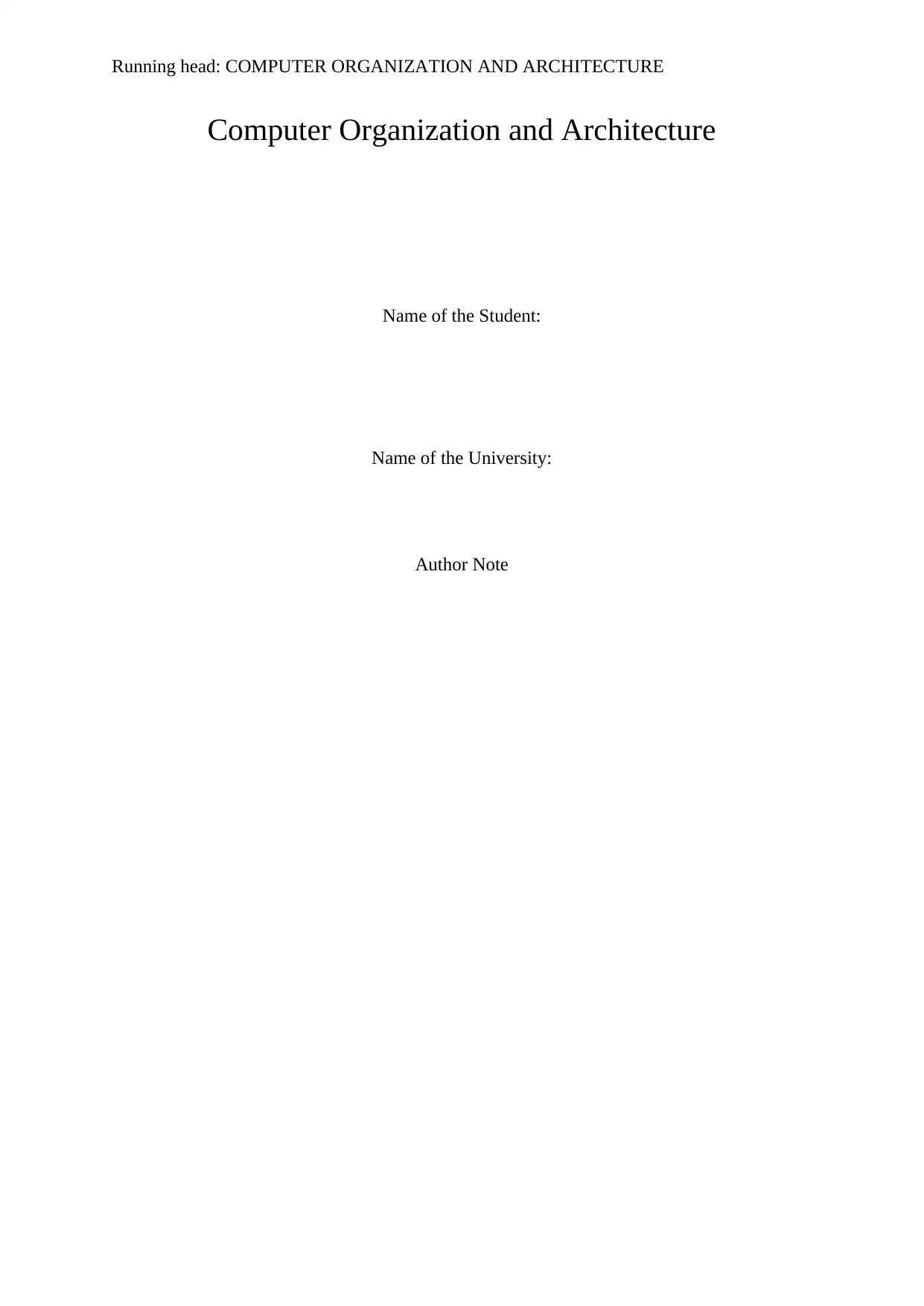
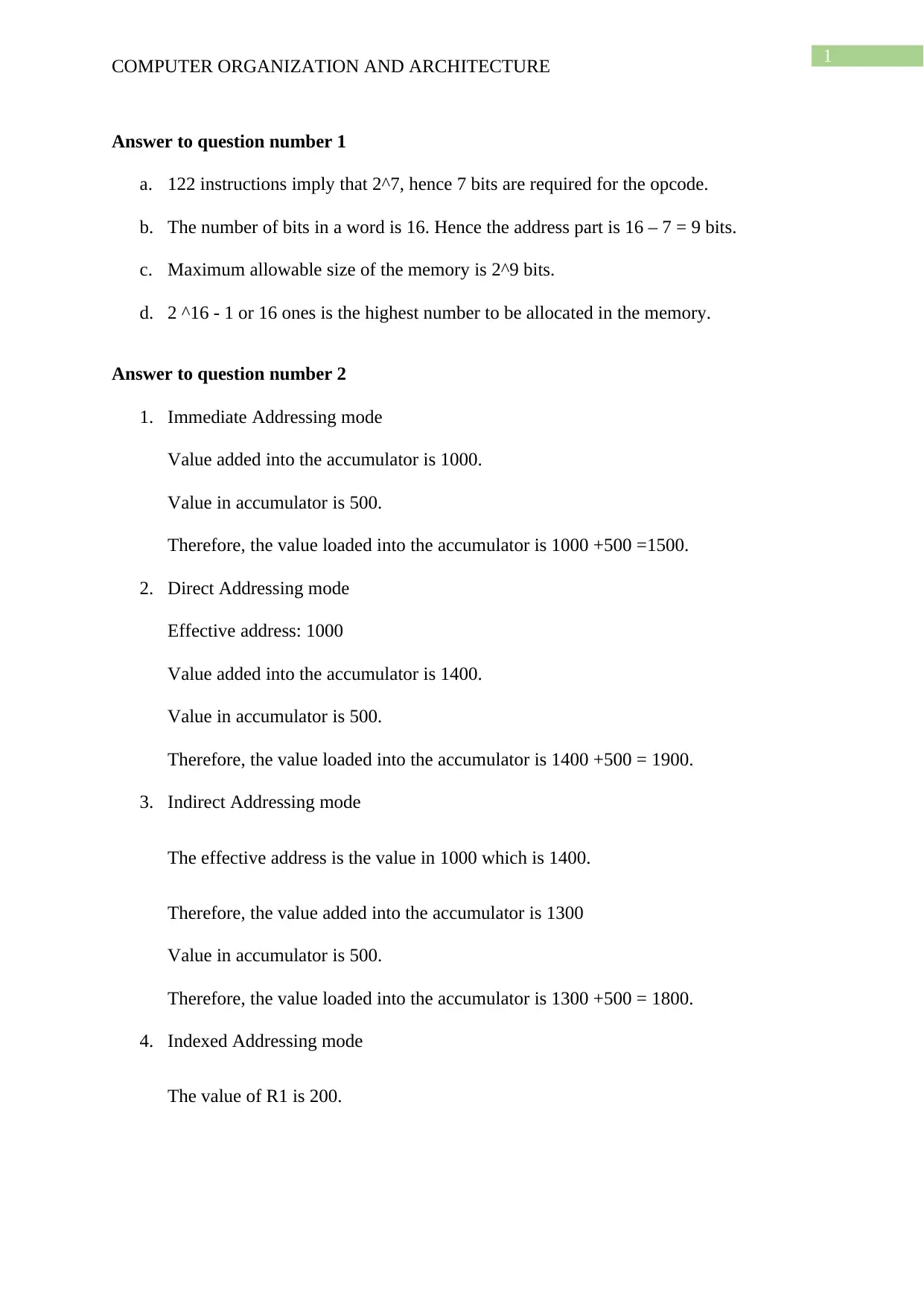
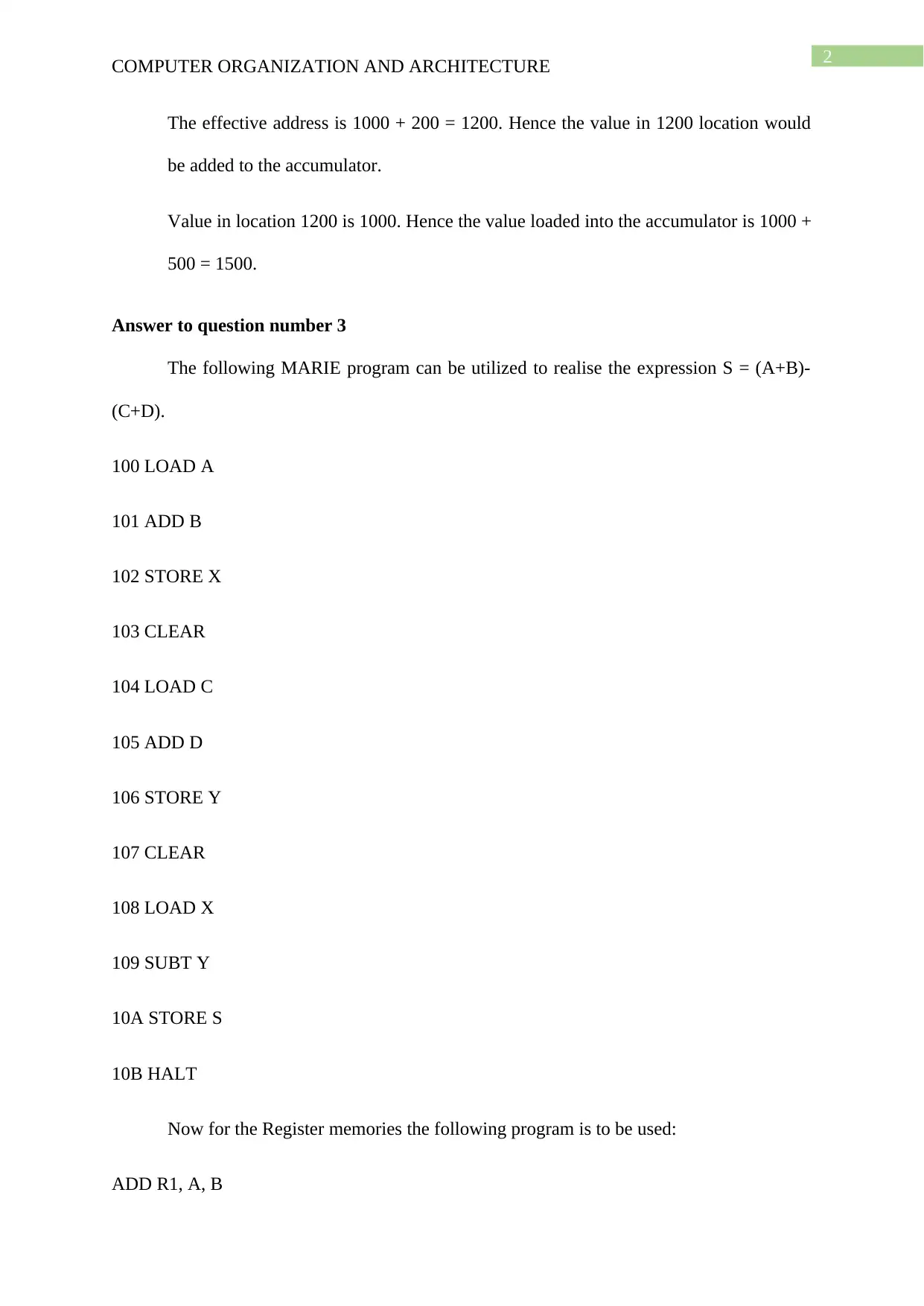

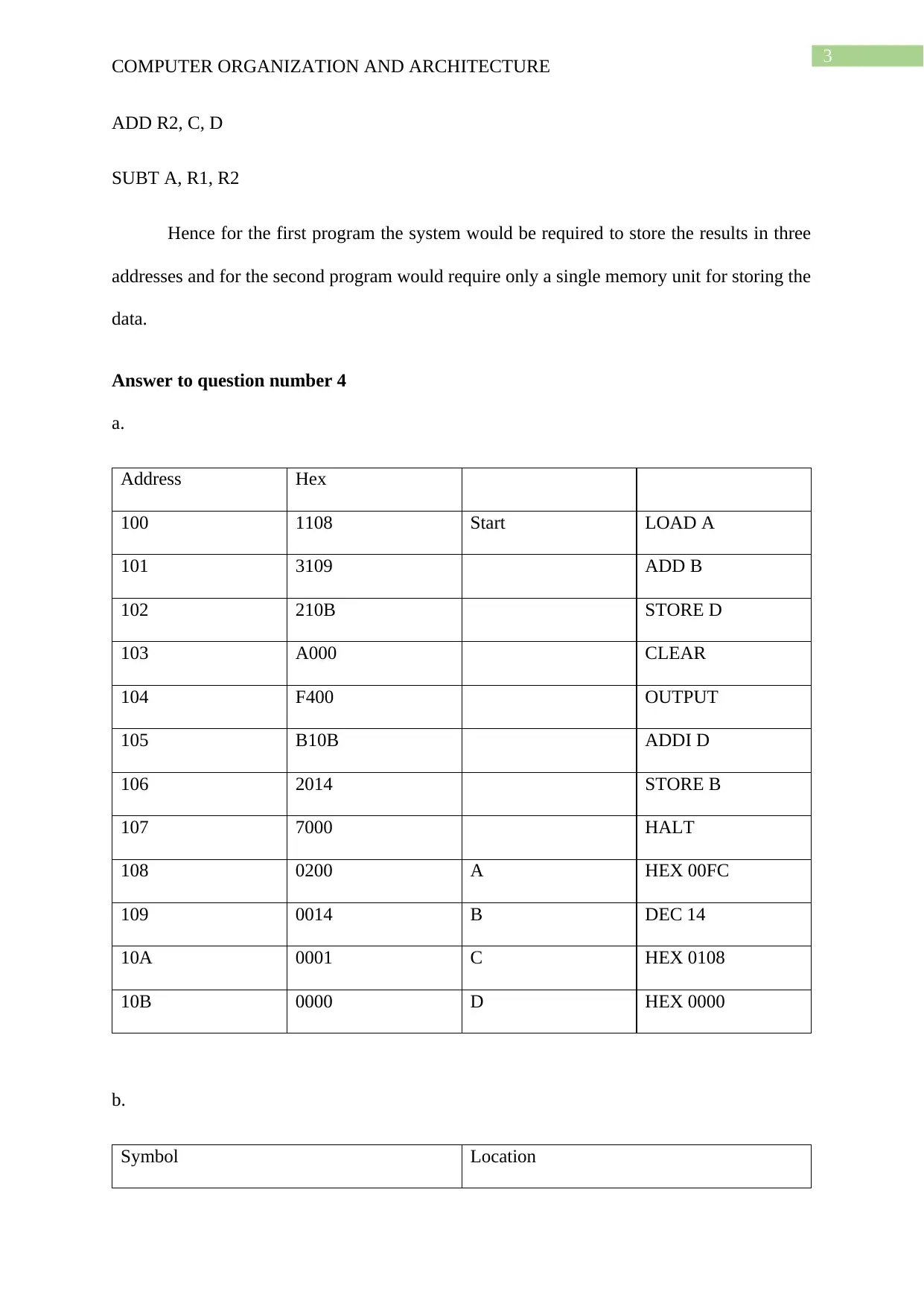
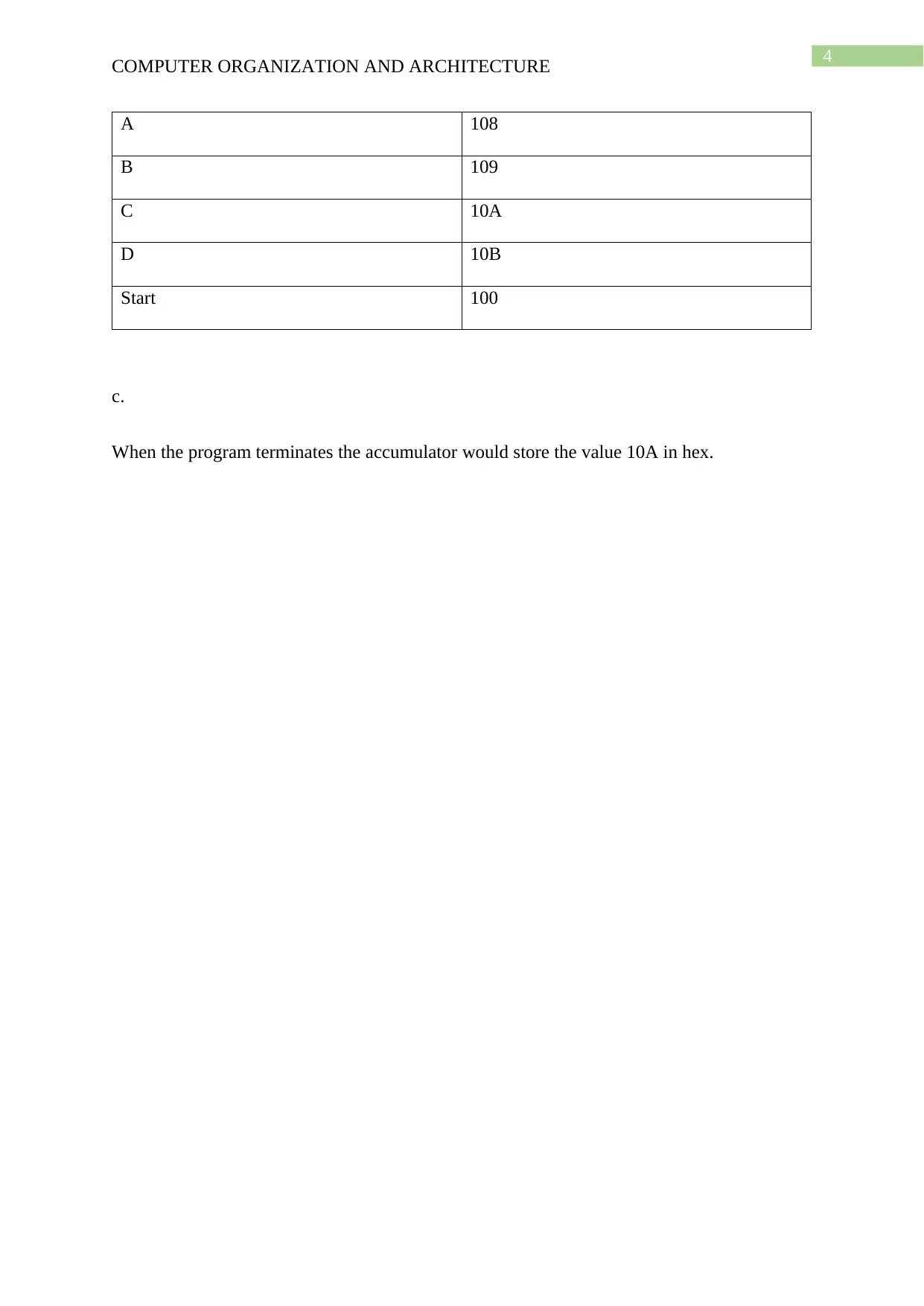



![[object Object]](/_next/static/media/star-bottom.7253800d.svg)